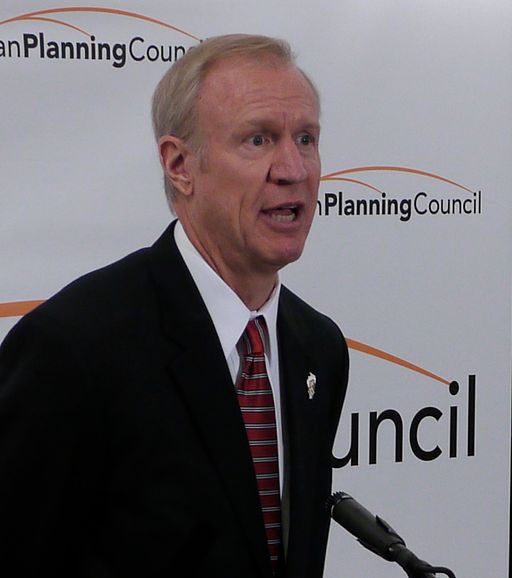Two lawsuits, both challenging the legality of recent pension reforms enacted by Chicago, have been put on hold until the Illinois Supreme Court rules on the state’s pension overhaul.
The plaintiffs filed the motion to put the lawsuit on pause, and it was approved on Thursday.
More from Reuters:
Lawsuits seeking to void a law aimed at shoring up the finances of two Chicago pension funds have been put on hold pending a ruling by the Illinois Supreme Court on a law affecting state public retirement funds, participants in the litigation said on Monday.
“Given the relative timing of the state and city cases, and because a decision upholding the (Sangamon County) circuit court in the state case could be determinative in the city case, the plaintiffs decided it is sensible to stay further proceedings until the supreme court’s ruling is received,” said Anders Lindall, a spokesman for American Federation of State, County and Municipal Employees Council 31.
[…]
During hearings on the preliminary injunction, Chicago’s attorney, Richard Prendergast, contended the 2014 law enacted for the city’s funds would not be derailed by a supreme court ruling voiding the 2013 law for state pensions because the city’s arguments go beyond the need to invoke police powers to ensure the funding of essential public services.
Chicago argues that the law does not unconstitutionally diminish pension benefits because without it the two pension funds would become insolvent in just years. The city’s attorneys have also suggested Chicago would not be responsible for retiree payments should the funds run out of money.
Chicago implemented pension reforms, effective as of Jan. 1, that limit cost-of-living increases and increase contributions from both employees and the city.
Photo by bitsorf via Flickr CC LIcense










